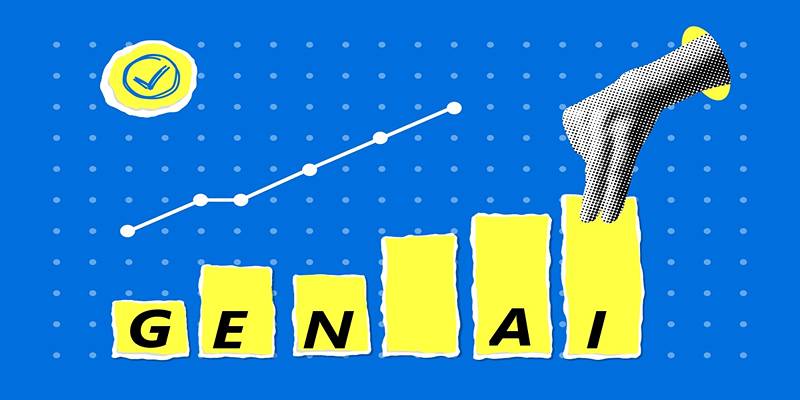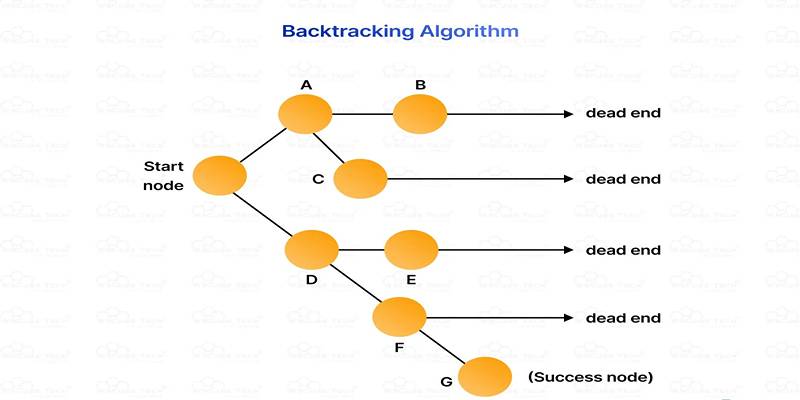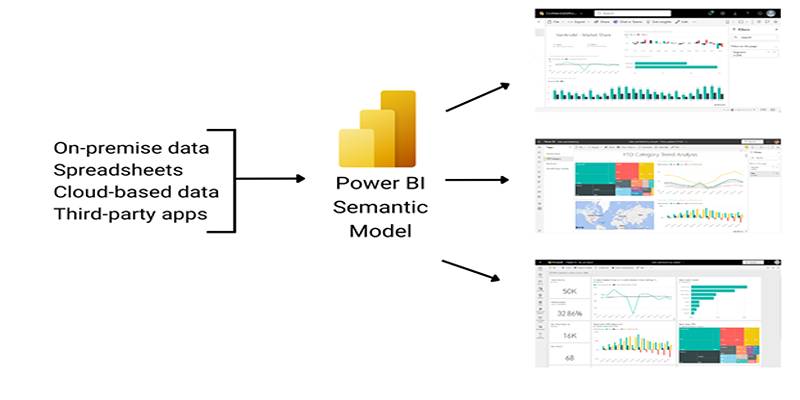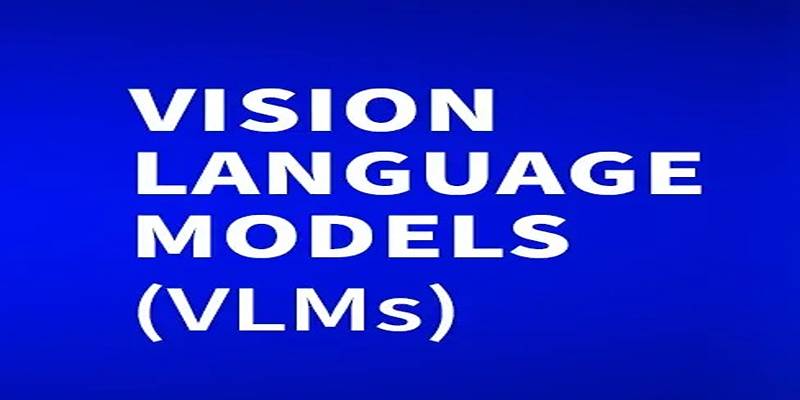It has always taken a lot of time and money to do video recognition. As more mobile apps use video processing, the need for real-time, lightweight solutions has gone through the roof. MoViNets, or mobile video networks, are a strong and useful option in this situation.
MoViNets are intended to combine accuracy, speed, and memory use. They were made so that devices with limited resources can understand videos. This design makes it possible for highly efficient video intelligence without the usual heavy computing load. It can be used for everything from action recognition to real-time analysis on mobile phones.
Let's look at what makes MoViNets unique, how they work, and where they fit into the world of AI-powered video recognition as it changes.
What Are MoViNets?
MoViNets, short for Mobile Video Networks, are a family of deep learning models purpose-built for efficient video recognition on mobile and edge devices. Unlike traditional 3D convolutional networks that require large memory and computing power, MoViNets are lightweight, fast, and optimized for real-time streaming.
The innovation behind these models lies in how they handle temporal information. Video data isn't just a set of images; it's a sequence. MoViNets accounts for this by processing video frames in a way that efficiently captures spatial and temporal patterns, even on devices with limited hardware.
Core Innovations of MoViNets
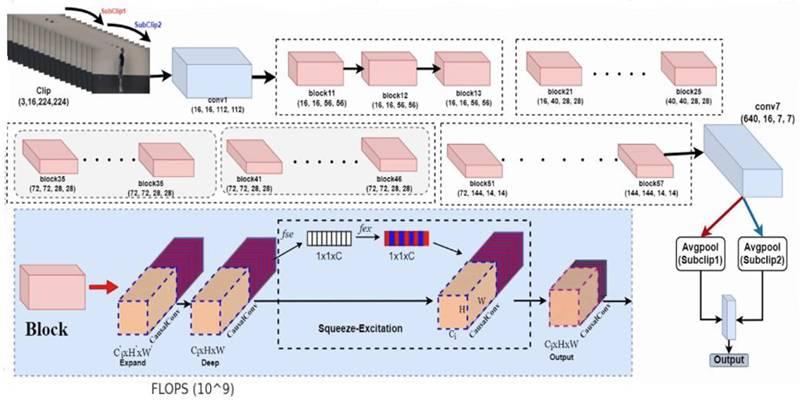
The brilliance of MoViNets lies in how they are built and function. Several techniques work together to make them efficient:
Neural Architecture Search (NAS)
The foundation of MoViNets is a search-based approach. Using NAS, the architecture explores countless combinations of kernel sizes, filter numbers, and layer depths to find the best setup for a given task. This allows for automatic fine-tuning between performance and resource usage.
Stream Buffers
A major challenge in video recognition is the memory required to process long sequences. MoViNets tackle this with stream buffers, which split the video into smaller, manageable clips. Instead of reprocessing overlapping frames, stream buffers store features from the ends of clips, ensuring that long-term dependencies are preserved without using excessive memory.
Causal Operations
For real-time video analysis, models must process data as it arrives. MoViNets uses causal convolutions, meaning each output frame depends only on the current and previous inputs. This is essential for streaming applications like live video feeds.
Temporal Ensembling
MoViNets employs a technique called temporal ensembling to maintain accuracy while operating efficiently. Two identical models process the same video at staggered frame intervals. Their predictions are averaged, improving accuracy while keeping computational needs low.
Advantages of MoViNets
MoViNets offer several key benefits:
- Efficient Memory Use: Their stream-based architecture reduces memory demands drastically, making them ideal for mobile or edge deployment.
- Real-Time Processing: Causal operations allow them to work with live video, frame by frame, without delay.
- Scalable Models: You can pick from different versions (like A0 to A5), depending on whether you prioritize speed or accuracy.
- Competitive Accuracy: Despite their lightweight nature, they perform on par with many large-scale video recognition models.
- Versatility: Suitable for everything from security surveillance to fitness apps and smart home automation.
Why MoViNets Matter Today?
The need for efficient video analysis is rapidly growing. Whether it's understanding scenes in autonomous vehicles, monitoring patient movements in healthcare, or detecting anomalies in live security footage—devices must handle video intelligently, often in real-time.
MoViNets bring high-performance action recognition and scene understanding to platforms where power and memory are scarce. They achieve what was once thought impossible: efficient and accurate video processing on smartphones, embedded cameras, and IoT sensors.
In contrast to heavy 3D CNN models, which require extensive computational overhead, MoViNets offer a refreshing balance. They preserve accuracy without overloading hardware, which is key to enabling edge AI at scale.
Where Can MoViNets Be Used?
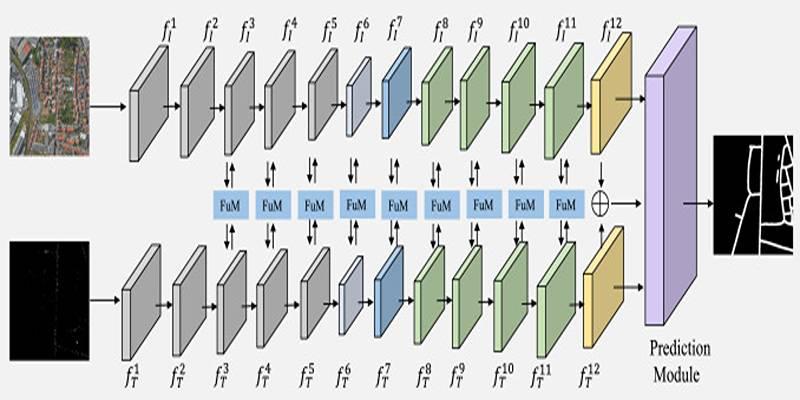
Thanks to their efficiency and ability to run on mobile and edge devices, MoViNets are ideal for real-time video recognition in a wide range of practical scenarios. These models can enhance both consumer-facing applications and critical infrastructure systems.
1. Smart Surveillance Systems
MoViNets can be deployed on-site to detect suspicious activity in real-time without needing to stream everything to a central server.
2. Video Conferencing Tools
Enhance virtual meetings by detecting gestures, expressions, or even background actions without straining device resources.
3. Health Monitoring Devices
Used in hospitals or wearables to monitor patients through video-based analysis of posture, movement, or facial expressions.
4. Augmented Reality (AR)
Mobile AR apps can benefit from MoViNets by recognizing motion patterns and objects within the user's environment.
5. Sports Analytics
Analyze plays and player movements during a match to provide insights to coaches or fans in real-time.
How MoViNets Are Trained?
The training of MoViNets involves the Kinetics-600 dataset—a large-scale action recognition benchmark consisting of 600 action categories sourced from YouTube videos. This dataset offers a diverse set of human activities, making it ideal for training models intended for real-world video understanding tasks.
- Splitting Videos Into Short Clips
Instead of using full-length videos, the dataset is broken into smaller clips, typically a few seconds long. These shorter segments allow the model to focus on capturing fine-grained temporal patterns within manageable time windows. It also helps reduce memory usage during training and improves convergence rates.
- Applying Data Augmentation
To improve generalization, various transformations are applied to each clip. These include random cropping, horizontal flipping, brightness adjustments, and temporal jittering. Such augmentation techniques help the model become robust to different video conditions, lighting, angles, and speeds.
- Using Causal Convolutions For Temporal Ordering
Causal convolutions ensure that each prediction is made using only the current and previous frames—never the future ones. This is critical for real-time inference and allows MoViNets to work effectively in streaming environments.
- Implementing Ensemble Models For Better Generalization
Two identical models are trained independently with slight variations in frame input timing. Their predictions are then averaged, boosting overall accuracy without increasing runtime significantly.
These trained models are optimized and exported using TensorFlow Lite, enabling efficient deployment on mobile and edge devices with limited computational power.
Future Possibilities
As video data becomes more central to AI, MoViNets may expand into:
- AR/VR systems for real-time scene recognition
- Autonomous drones with onboard action detection
- Wearables that interpret human activities
- Gaming AI, offering smart responses based on video input
In all these cases, the ability to process video data quickly and accurately, without needing a server or GPU cluster, is a game-changer.
Conclusion
MoViNets are revolutionizing how we think about video recognition. With their streamlined design, memory efficiency, and real-time capabilities, they offer a perfect blend of accuracy and practicality. From live streaming applications to mobile gaming and surveillance, these models are designed to bring the power of video AI to devices everywhere.
Their performance proves that you don't need bulky networks to process complex video content. As research continues and new variants emerge, we can expect even more refined and powerful versions of MoViNets in the near future.
If your goal is to bring high-quality video understanding to lightweight platforms, it's time to look seriously at MoViNets.


